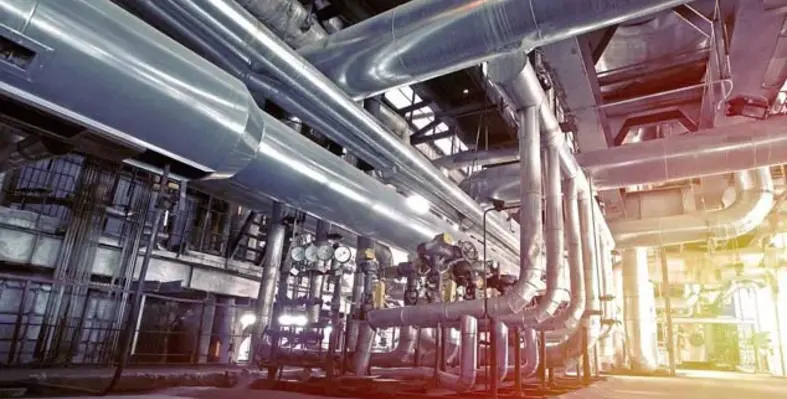Maire Tecnimont S.p.A. has announced that its subsidiaries MET Development, Stamicarbon and NextChem have started work on a renewable power–to-fertiliser plant in Kenya
MET Development has signed an agreement with Oserian Development Company for the development of the plant at the Oserian Two lakes Industrial Park located on the southern banks of Lake Naivasha, 100 km North of Nairobi.
Oserian Two Lakes Industrial Park is a 150 hectare sustainable development in Nakuru County. Its aim is to provide a safe landing spot for vision-aligned businesses and investors and become a demonstration case for East Africa’s sustainable industrialisation. The Industrial Park is privately owned and operated by Oserian Development Company and is the anchor to a 7,500 hectare mixed-use development, called Oserian Two Lakes, which comprises horticulture, industry and commerce, residential, tourism and wildlife conservation across three valleys.
The renewable power-to-fertiliser plant will support Kenya’s low carbon and inclusive growth, its agricultural output and its smallholder farmers and communities. The plant will be located near the country’s largest geothermal energy basin and will be partly powered by solar energy sources produced on-site. The facility will reduce carbon emission by approximately 100,000 tons of CO2 per annum, compared to a gas-based fertiliser plant. The project will also reduce the dependency of imported nitrogen fertilisers and substitute around 25%, of which the total accounts for around 800 kt/a (according to Argus Media). Furthermore, the project will increase fertiliser affordability and ensure the availability of fertilisers at the right time in the season for fertiliser application.
Maire Tecnimont Group’ Stamicarbon, the innovation and license company and world market leader in designing fertiliser plants will provide both its Stami Green Ammonia Technology to produce ammonia and its Nitric Acid technology as an integrated technology package for the manufacturing of nitrate fertiliser. The technology configuration, which is characterised by a modularised approach and is therefore ideal for small scale facilities, will be the first of its kind, although based on proven technology.
The renewable power-to-fertiliser project targets to produce 550 metric tons per day of Calcium Ammonium Nitrate and/or NPK fertilisers (fertilisers based on Nitrogen, Phosphorous and Potassium) and will be the first state-of-the-art, commercial-scale nitrate fertiliser plant from renewables. MET Development is currently engaging with local and international partners to set up the development consortium.
The project has started preliminary engineering works and NextChem aims to start the front-end engineering design (FEED) by the end of 2021. The goal is to start commercial operation of the plant in 2025, which will be dedicated to local Kenyan agri-business.
The project will utilise approximately 70MW of renewable power, will create the starting point for locally produced Kenyan fertiliser and is expected to directly generate over one hundred jobs in the region, while supporting the broader economy and its farmers.





